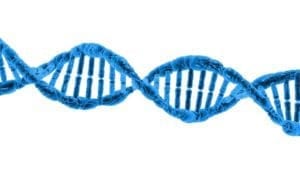PURA Syndrome
What is PURA syndrome?
PURA syndrome is a rare neurodevelopmental disorder characterized by developmental delay, learning disabilities, seizures, low muscle tone, and breathing problems.
PURA syndrome was first described in medical literature in 2014, and to date, only 15 children have been reported with this condition. However, with the increasing use of the latest gene sequencing technology, it is expected that many more people will be diagnosed with this condition over the next few years (including adults).
What are the symptoms of PURA syndrome?
The following are some of the signs and symptoms characteristic of PURA syndrome:
- Seizures
- Movement disorders
- Low muscle tone (Hypotonia)
- Hypersomnolence (excessive sleepiness) in newborns
- Hypothermia at birth and temperature instability throughout childhood
- Feeding difficulties
- Breathing problems
- Hyper-salivation and increased drool
- Sensory processing issues, including eyesight problems
- Orthopaedic issues, including hip dysplasia and scoliosis
- Lack of speech
What causes PURA Syndrome?
PURA Syndrome occurs when one of a person’s two copies of the PURA gene, located on chromosome 5, does not function normally. This can be caused by a spelling mistake in the gene or by loss of one copy of the gene (a deletion).
What are the available treatments for PURA syndrome?
There is currently no treatment for PURA syndrome, only symptom management.
Where can I find out more about PURA syndrome?
PURA Syndrome Articles

Deciphering Developmental Disorders: A Major Study is Enabling New Diagnoses

This Test Could Help Diagnose Rare Diseases More Quickly in Singapore

Editor’s Choice: Rare Disease News on the Founder of the Ice Bucket Challenge & Senator John McCain








